The Cartographic Congress
Over a six week period in May and June coders, artists, writers, activists, economists, cartographers, tapissiers and film-makers indulged their shared passion for map-making. A re-occurring thread at the CC could be called ‘Open Data’, a sister phenomenon of the Open Source software movement. The internet dream of distributed and collaborative network systems has provided a spur to the creation of public domain data that, until now, has been appropriated by governments and corporations. The CC, aswell as giving cartography a massive ludic injection, provided a valuable forum for the on- and offline development of related Open Data initiatives
OPEN UP THE NORTHWEST PASSAGE
The following text was chosen by some of the Congress for its 'imaginist cartographic' approach to place and history. Certain concepts, dreams, and escapades can be found returning like a spiral - close but never identical to – what has already been. In this text, written to announce the London Psychogeographical Association's rally on May 10th, the North West Passage, both real, mythical and metaphorical, forms the quilting point.
In 1566, Humfrey Gilbert initiated the campaign to open up the Northwest Passage. 400 years later the call was taken up by the Situationist International. George Gascoigne tells the reader in his introduction to Gilbert's Discourse of a Discovery for a New Passage to Cataia how his hero is akin to a bee in Queen Elizabeth's beehive who has waspishly gone astray, but yet at last returns to his former abode. Gascoigne himself was a kinsman to Martin Frobisher, the Yorkshireman who first attempted the Northwest Passage.
It was during a visit to Humfrey Gilbert's home in Limehouse that he came upon Gilbert's text and arranged to have it published. He assures the reader that John Dee, founder of the British Empire, liked the text very much, commending the author in his preface to the English translation of Euclid.
Gilbert cites both Plato and Ficino in support of his plan, mentions roman coins found by the Spanish in American gold mines, and refers to the discovery of Europe by some Indians in 1160, when a storm forced them onto the coast of Germany. Gilbert was driven by the search for commodities, not Utopia.
Nearly 400 years later, the S.I. assembled in Limehouse searching for new passageways. This was a contentious conference, the last that Asger Jorn attended. It was only after Prem and the Nashists had left, that the S.I. declared its resolve to follow a new direction:
"At this moment of history when the task is posed, in the most unfavourable conditions, of reinventing culture and the revolutionary movement on an entirely new basis the Situationist International can only be a Conspiracy of Equals, a general staff that does not want troops. It is a matter of finding, of opening up, the 'Northwest Passage' towards a new revolution that cannot tolerate masses of performers, a revolution that must surge over that central terrain which has until now been sheltered from revolutionary upheavals: the conquest of everyday life. We will only organise the detonation: the free explosion must escape us and any other control forever." ('The Counter-Situationist Operation in Various Countries', S.I. No.8, January 1963)
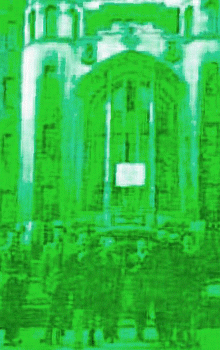
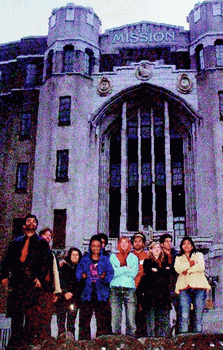 >> Left: S.I. standing in front of the British Sailors Society, Limehouse, during the London Conference, 1960 >> Right: Cartographers standing in front of the British Sailors Society (now The Mission), Limehouse, during the Cartographic Congress, 2003
>> Left: S.I. standing in front of the British Sailors Society, Limehouse, during the London Conference, 1960 >> Right: Cartographers standing in front of the British Sailors Society (now The Mission), Limehouse, during the Cartographic Congress, 2003
The London Psychogeographical Association is holding a rally near the site of the Alchemical Laboratory of the Society of the New Art, an organisation set up by Gilbert, Lord Burghley and the Earl of Leicester (its exact location has yet to be determined). It was also in Limehouse that Gilbert wrote his proposal for an Elizabethan 'Achademy', a proposal that was eventually realised by his fellow Merchant Adventurer, Sir Thomas Gresham. Gilbert claimed to have constructed remarkable navigational machines, an area of work that the Gresham College was quick to concern itself with.
Outside the nearby library, there is the baleful influence of the statue of Clement Attlee, the mass murderer who signed the authorisation for dropping the bomb on Hiroshima. The town hall across the road used to be a socialist reliquary, where Prince Kropotkin's table was kept. Alongside this were other relics of the communist saint, Sylvia Pankhurst. (She was beatified by the Ethiopian Orthodox Church, and given the title Debre). These were removed before work began on Canary Wharf. The rally will link the psychogeoconflux in New York to the Cartographic Congress in London.
evoL PsychogeogrAphix <evol AT c6.org>psychogeoconflux [http://www.glowlab.com/psygeocon/index.html] London Psychogeographical Association [http://www.unpopular.demon.co.uk/lpa/organisations/lpa.html]
CC events >>
COLLABORATIVE MAPPINGbelow are brief details of projects that were presented at the collaborative mapping show-n-tell evening [http://twenteenthcentury.com/uo/index.php/CCCollabMapShowNTell]
Nine(9) [http://9.waag.org] A tool for making maps of subjectivity, see also Mongrel [http://www.mongrelx.org]
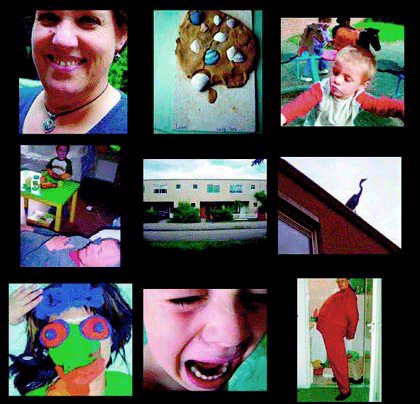 >> Nine(9) http://9.waag.org
>> Nine(9) http://9.waag.org
Spacenamespace [http://space.frot.org] JoWalsh : mudlondon, modelling physical space on the semantic web, with instant message bot interface
Headmap [http://headmap.org] Ben from Headmap [http://www.headmap.org/] showed us Dav's friendship map, built from data spidered from his Friendster [http://friendster.com network http://danger-island.com/~dav/blogosphere/friendster/]
Grubstreet [http://grault.net/grubstreet/] (OpenGuides)Earle Martin, the 'open guide to london', a wiki for collaborative reviews which adds an extra layer to your physical and cultural urban map, extended with geospatial data in RDF
Upmystreet [http://forums.upmystreet.com/]Tom Coates and Stefan Magdalinski, extending the 'official statistics about my neighbourhood' site to offer conversations centred on postcodes
Pepysdiary [http://www.pepysdiary.com] Phil Gyford, re-running Samuel Pepys' diary in blog form, a daily entry for the next ten years, using Moveable Type
Ordnance Survey [http://www.ordsvy.gov.uk] Jon Bryant from the Ordnance Survey R&D department talked a bit about what they do, OS Master Map [http://www.ordsvy.gov.uk/business/site.cfm?display=../os_mastermap/home/home.htm]
Songs in your head [http://undergroundlondon.com/antimega/archives/000108.html]Chris Heathcote attempting to map synchrony between music, place and time
Urban Tapestries [http://www.urbantapestries.net] An experimental system using wireless technologies that will allow users to leave and retrieve location specific data
GPSter/Geograffiti [http://www.gpster.net] Marc and Karlis are building location databases which talk to different services in different formats, like [geourl.org] and [blogosphere.headmap.org] Godseye.com [http://Godseye.com] [http://GPSdrawing.com] The Waag Society in Amsterdam who have created maps of cities by giving people GPS units and mapping their travels. Godseye.com allows one to zoom in on an aerial photo and select a building which can then be annotated
NoCat [http://maps.nocat.net/] Development map of wireless nodes
THE MAP ROOMsome maps from the Cartographic Congress’ nerve centre, to see more go to [http://twenteenthcentury.com/uo/index.php/TheMapRoom]
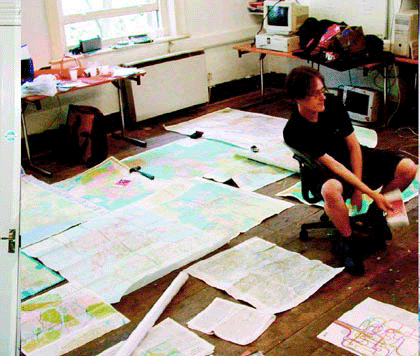 >> Mr T enyen and his map collection
>> Mr T enyen and his map collection
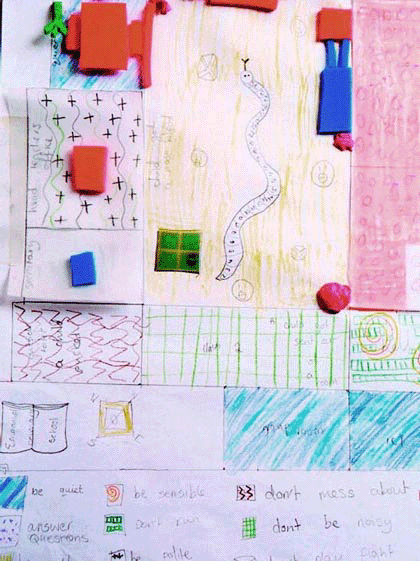 >> School maps (detail), Emmanuel school by Class 2 and Lottie Child
>> School maps (detail), Emmanuel school by Class 2 and Lottie Child
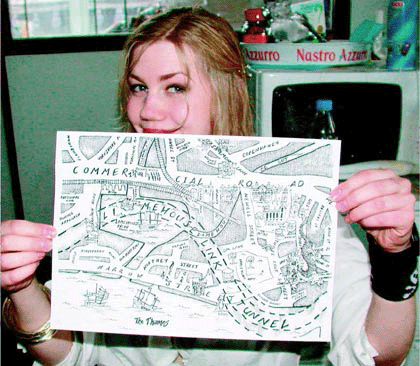 >> Pirate island map, Limehouse Basin, London [http://spacehijackers.co.uk]
>> Pirate island map, Limehouse Basin, London [http://spacehijackers.co.uk]
PIRATE PARTY ON HIJACKER ISLANDcartographers invaded Limehouse Basin [http://twenteenthcentury.com/uo/index.php/CcPartyOnHijackerIsland]
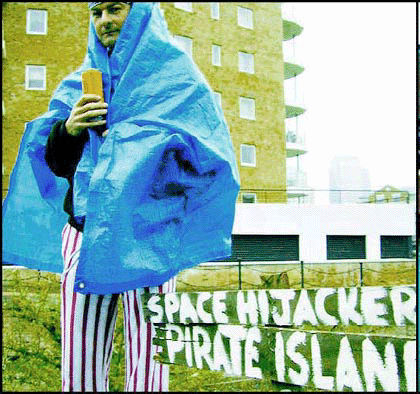
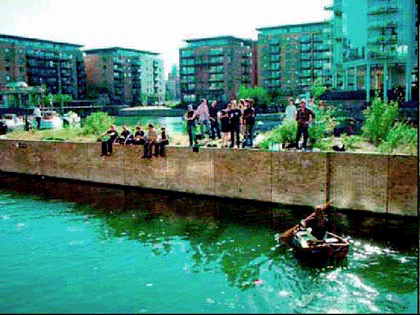
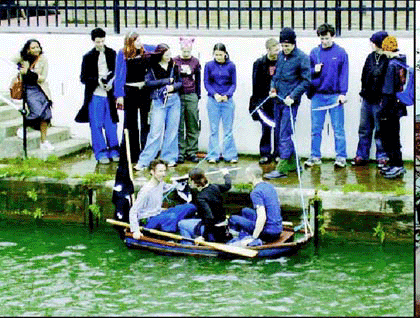
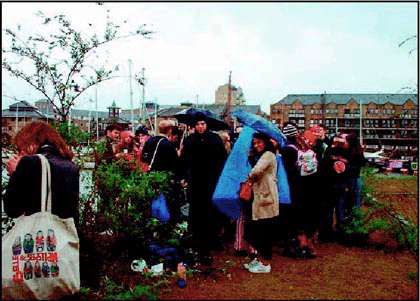
NODE RUNNERgame players had one hour to find as many open wireless nodes as they could [http://twenteenthcentury.com/uo/index.php/CCNoderunnerLondon]
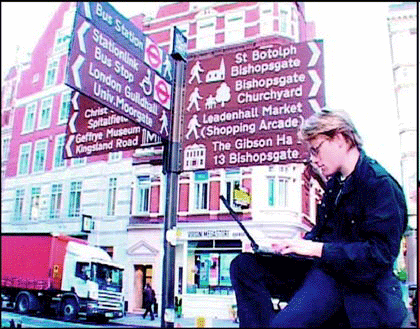
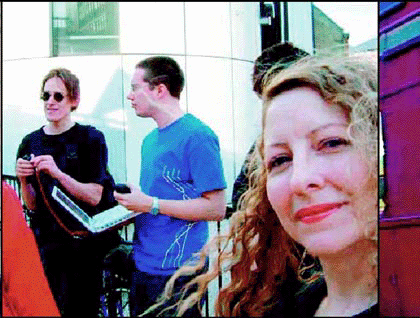
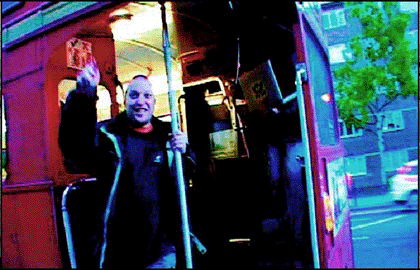
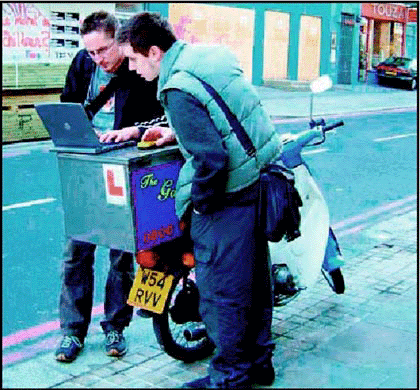
FIELD TRIP TO ORFORD NESScartographers explored the disused bomb test site and US military base [http://twenteenthcentury.com/uo/index.php/CcFieldTripToOrfordNess]
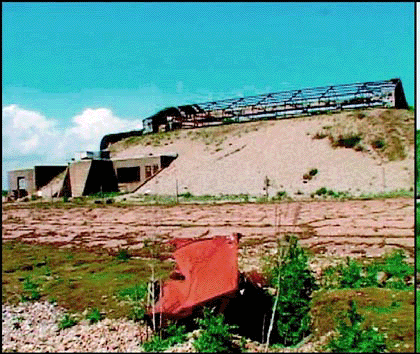
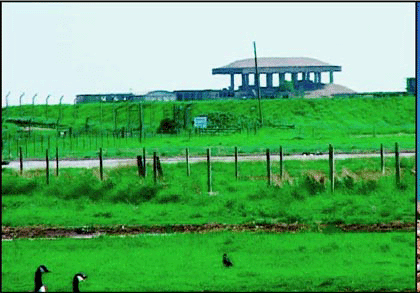
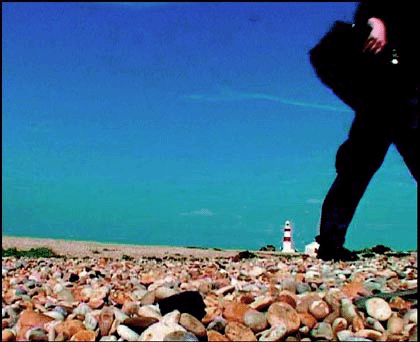
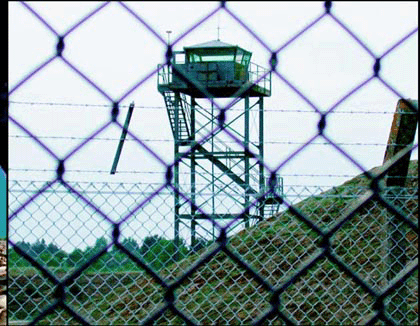
IAA MAPPING MEETINGcartographers discussed shared mapping interests and explored the general locality [http://twenteenthcentury.com/uo/index.php/CcIaaResidency]
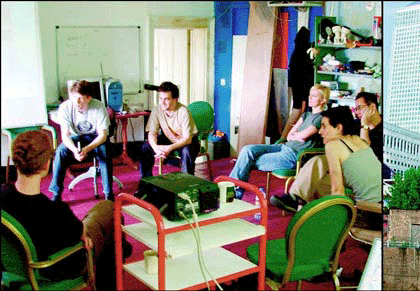
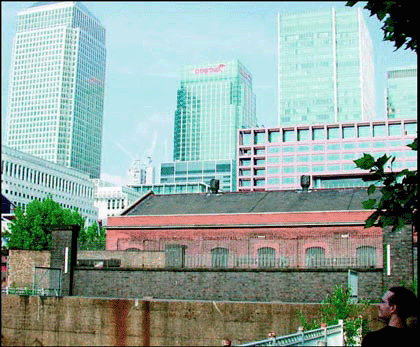
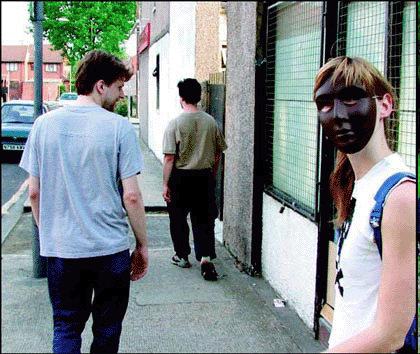
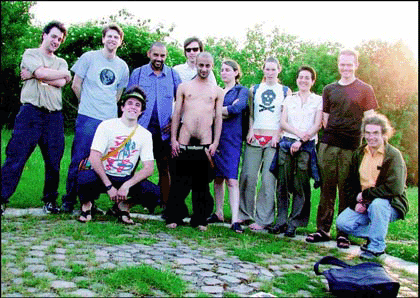
The Cartographic Congress was co-ordinated by the University of Openness in conjunction with Mute, the resident groups of Limehouse Town Hall and the Space Hijackers. Thank you to all CC volunteers and participants
Further information: http://www.metamute.com/cc/ http://twenteenthcentury.com/uo
Mute Books Orders
For Mute Books distribution contact Anagram Books
contact@anagrambooks.com
For online purchases visit anagrambooks.com







